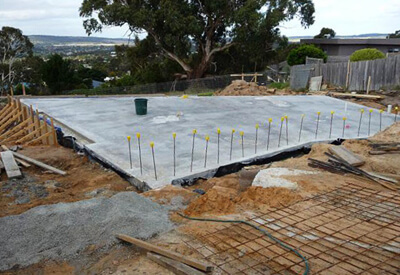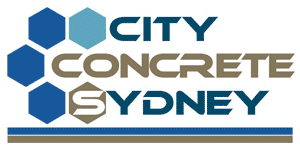House Slabs by City Concrete Sydney
When it comes to constructing a solid foundation for your home, choosing the right type of slab is essential. At City Concrete Sydney, we provide professional concrete slab services for residential properties across Sydney. Our experienced team of concrete construction experts will help guide you through the process of selecting the best slab for your home’s design and location.
How Much Do House Slabs Cost?
The cost of house slabs can vary depending on several factors, including the type of slab you require, the complexity of the site, and the materials used. At City Concrete Sydney, we understand that every project is unique. We provide tailored estimates based on your home’s design and location. For the most accurate quote, we recommend contacting us directly. We will assess your site and provide a detailed estimate that fits your needs and budget.

Some of the most common slab types we work with include:
- Waffle Pod Slabs: A cost-effective solution for most residential projects. Their lightweight construction reduces trenching and labor costs, making them ideal for project homes.
- Concrete Slabs: These are the most common and cost-efficient for level sites with standard soil conditions.
- Slabs on Grade: Suitable for homes built on flat or level ground, these slabs are simple to install and offer long-lasting stability.
Our slabs provide numerous benefits, including improved thermal performance, moisture protection, and durability. Concrete is an environmentally friendly option, helping reduce energy costs by maintaining temperature stability in your home.
Types of House Slabs
At City Concrete Sydney, the type of slab that suits your home will depend on the specific needs of your design, the soil conditions, and the topography of your site. The key types of slabs include:
- Waffle Pod Slabs: These are popular due to their reduced preparation and construction times. They’re frequently used by project home builders and are a great option for sites with stable, non-reactive soils.
- Flat Slabs: Ideal for level sites, these slabs are cost-effective and easy to install.
- Composite Slabs: A combination of materials that offer both strength and flexibility, ideal for larger homes or those on uneven ground.
- Two-Way Spanning Slabs: Designed for larger buildings, these slabs are used when high structural integrity is required.
- Bubble Deck Slabs: Incorporating air pockets into the slab, these provide additional insulation properties and are commonly used for energy-efficient designs.
- Precast Slabs: These are manufactured off-site and transported to your location, offering a faster construction timeline.
Each slab type has distinct advantages depending on your specific project. Our professional engineers and concreting team at City Concrete Sydney will work closely with you to determine the best slab for your new home.
Concrete vs. Cement: What’s the Difference?
At City Concrete Sydney, we often hear the terms “concrete slab” and “cement slab” used interchangeably. However, it’s important to note that while they’re commonly used as synonyms, they are not the same thing.
- Cement is one of the key ingredients used to create concrete.
- Concrete is a mixture of cement, water, and aggregate (such as sand and gravel), which forms the strong, durable material used in your house slab.
Both cement and concrete are integral to building your home’s foundation, but when it comes to house slabs, concrete is the right material. It provides strength, long-lasting durability, and effective moisture control for your property.
Why Choose City Concrete Sydney?
- Expertise: With years of experience in residential concrete construction, we ensure your slab is built to the highest standards.
- Quality Materials: We only use high-quality concrete for all of our slabs, ensuring strength and durability.
- Efficient Service: We understand that time is valuable. Our team works quickly and efficiently to complete your slab installation with minimal disruption.
- Environmental Benefits: Concrete slabs help maintain your home’s thermal efficiency, reducing heating and cooling costs.
For a free consultation or to receive a tailored quote for your house slab in Sydney, get in touch with City Concrete Sydney today. We’ll help you find the perfect foundation for your new home!

